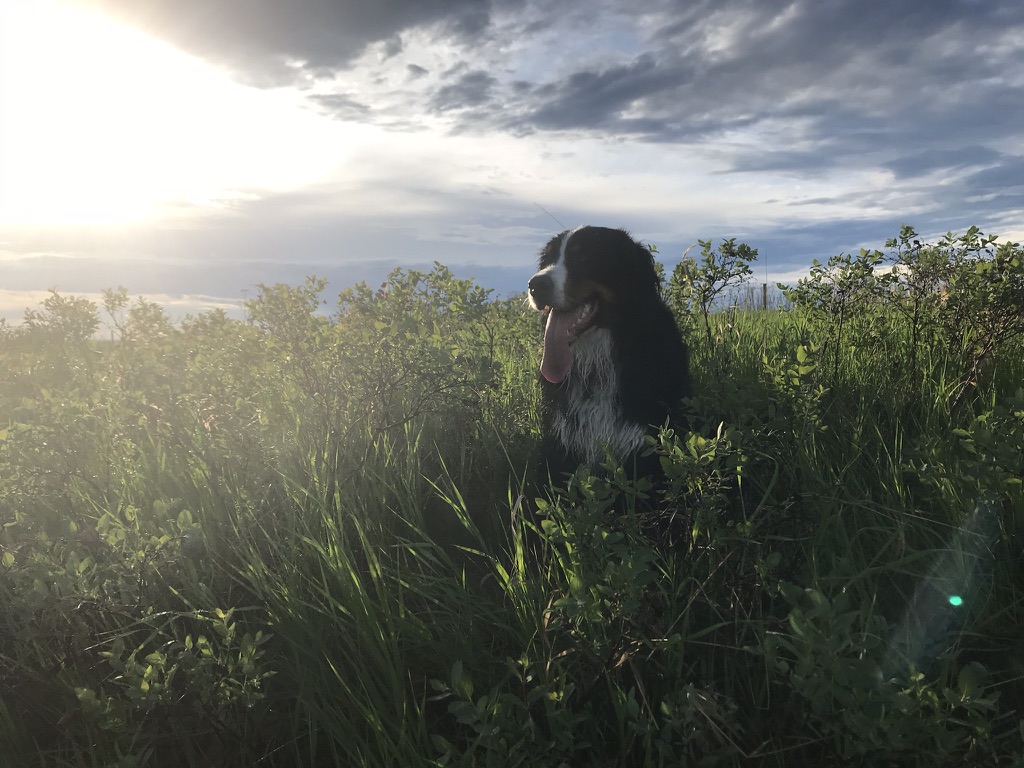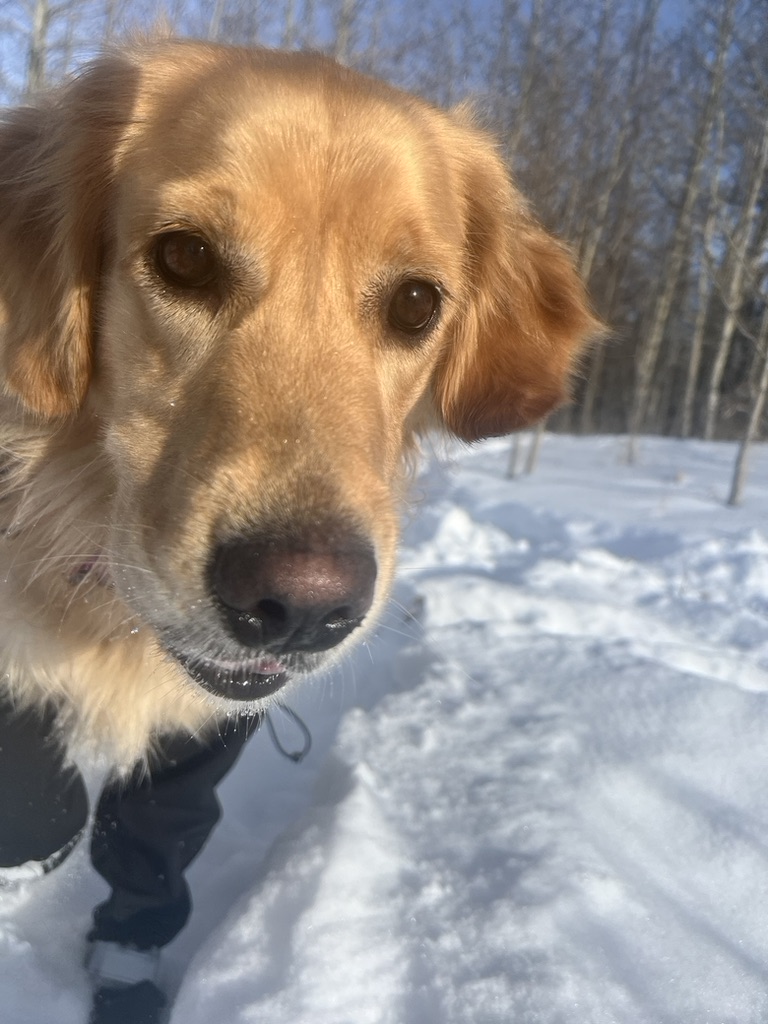Why is the photo from the JWST so profound?
Let’s talk about it in
THE
SUPER
AWESOME
SCIENCE
THREAD!
#TSAST
Let’s talk about it in
THE
SUPER
AWESOME
SCIENCE
THREAD!
#TSAST
1. DISTANCE
The photo is of galaxies a long time ago and far, far away.
Since space is so big, distances are measured in light years. Light travels 5.88 trillion miles in a year. The galaxies used to make the image are 4.6 billion light years away. 4.6b x 5.88t miles = 🤯
The photo is of galaxies a long time ago and far, far away.
Since space is so big, distances are measured in light years. Light travels 5.88 trillion miles in a year. The galaxies used to make the image are 4.6 billion light years away. 4.6b x 5.88t miles = 🤯

2. TIME
The galaxy cluster the telescope aimed at BENT the light around them due to their gravity and it has magnified EVEN more ancient stuff behind them.
13 billion years ancient actually.
13 000 000 000 years old.
It’s a number so hard to wrap your head around.
The galaxy cluster the telescope aimed at BENT the light around them due to their gravity and it has magnified EVEN more ancient stuff behind them.
13 billion years ancient actually.
13 000 000 000 years old.
It’s a number so hard to wrap your head around.
3. TIME part II
The Big Bang is theorized to have occurred 13.8 billion years ago. This means the photo released is getting close to the start of space-time.
The beginning of literally everything.
Astronomers are confident they can get photos of stuff 13.5 billion years old.
The Big Bang is theorized to have occurred 13.8 billion years ago. This means the photo released is getting close to the start of space-time.
The beginning of literally everything.
Astronomers are confident they can get photos of stuff 13.5 billion years old.

4. WE SO SMOL
Every speck of light in that photo is a galaxy.
Our galaxy, the Milky Way, holds billions of stars and each star probably has more than one planet orbiting it. That’s billions of planets.
Trillions and Trillions of worlds are in this photo.
We are so smol.
Every speck of light in that photo is a galaxy.
Our galaxy, the Milky Way, holds billions of stars and each star probably has more than one planet orbiting it. That’s billions of planets.
Trillions and Trillions of worlds are in this photo.
We are so smol.

5. TIME TRAVEL
Likely everything in the oldest part of the photo is different today. Bright stars do not last 13 billion years. The photo is of the past as the light took BILLIONS of years to reach us. Those stars in those galaxies are long gone.
We are looking at echos.

Likely everything in the oldest part of the photo is different today. Bright stars do not last 13 billion years. The photo is of the past as the light took BILLIONS of years to reach us. Those stars in those galaxies are long gone.
We are looking at echos.


6. IMPROVEMENT
I’ll just post the photo of HOW much better the JWST is to Hubble.
It’s like watching a kid in school get glasses and their vision improves. They can see the board.

I’ll just post the photo of HOW much better the JWST is to Hubble.
It’s like watching a kid in school get glasses and their vision improves. They can see the board.


7. THIS IS THE FIRST
JWST will be taking thousands of photos, and it has different objectives. It will be able to analyze the atmosphere of exoplanets and determine if life could live there. It can LOOK THROUGH stuff to get pictures.
This is why we are all so excited.
JWST will be taking thousands of photos, and it has different objectives. It will be able to analyze the atmosphere of exoplanets and determine if life could live there. It can LOOK THROUGH stuff to get pictures.
This is why we are all so excited.
If you liked this thread:
1. Follow @bunsenbernerbmd and the @sciencepawdcast !
We communicate science with kindness and empathy!
2. Subscribe to The Science Pawdcast! Its totally FREE and a wholesome show with science, pets, and amazing scientists!
bunsenbernerbmd.buzzsprout.com
1. Follow @bunsenbernerbmd and the @sciencepawdcast !
We communicate science with kindness and empathy!
2. Subscribe to The Science Pawdcast! Its totally FREE and a wholesome show with science, pets, and amazing scientists!
bunsenbernerbmd.buzzsprout.com
• • •
Missing some Tweet in this thread? You can try to
force a refresh


















